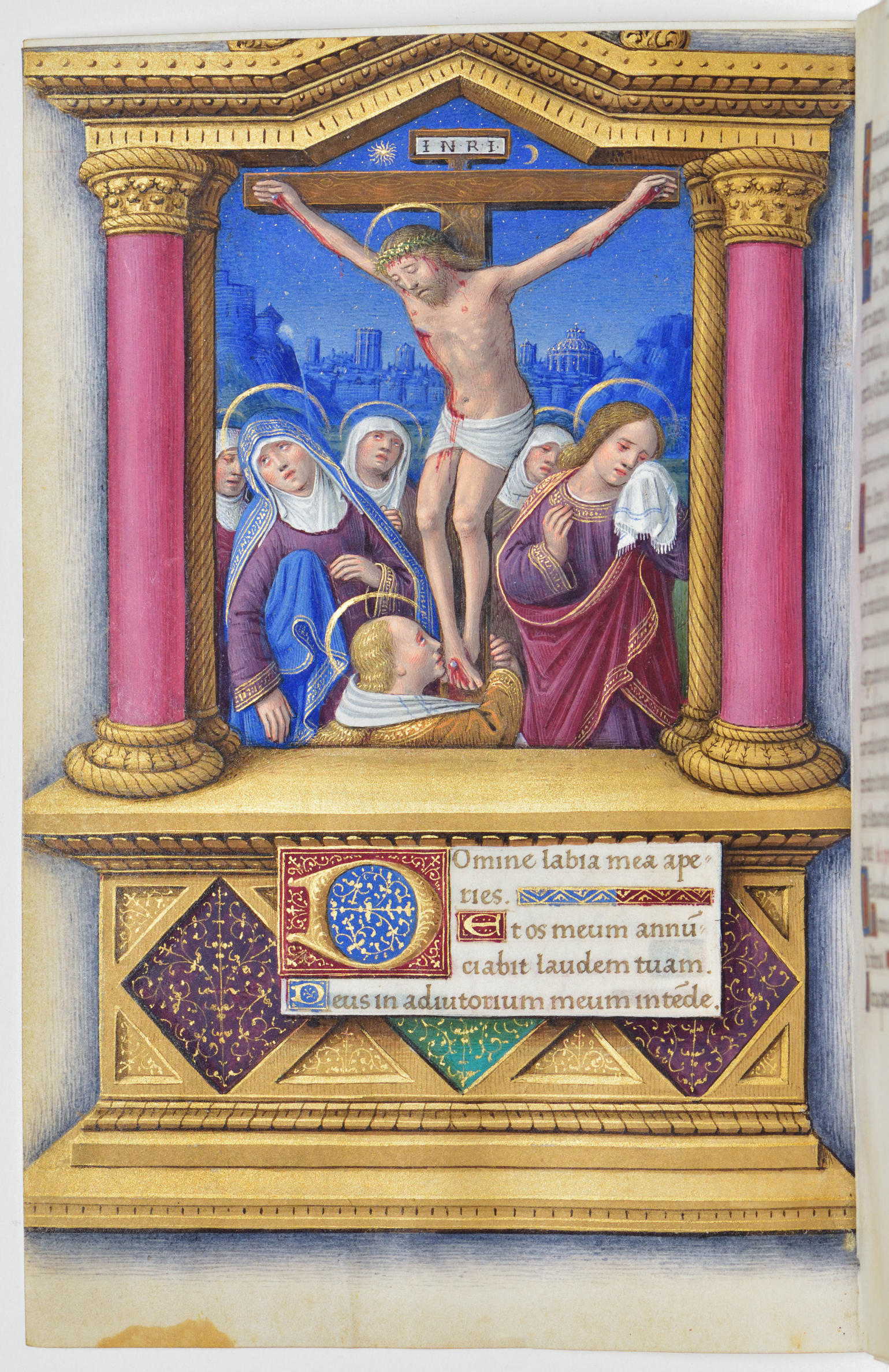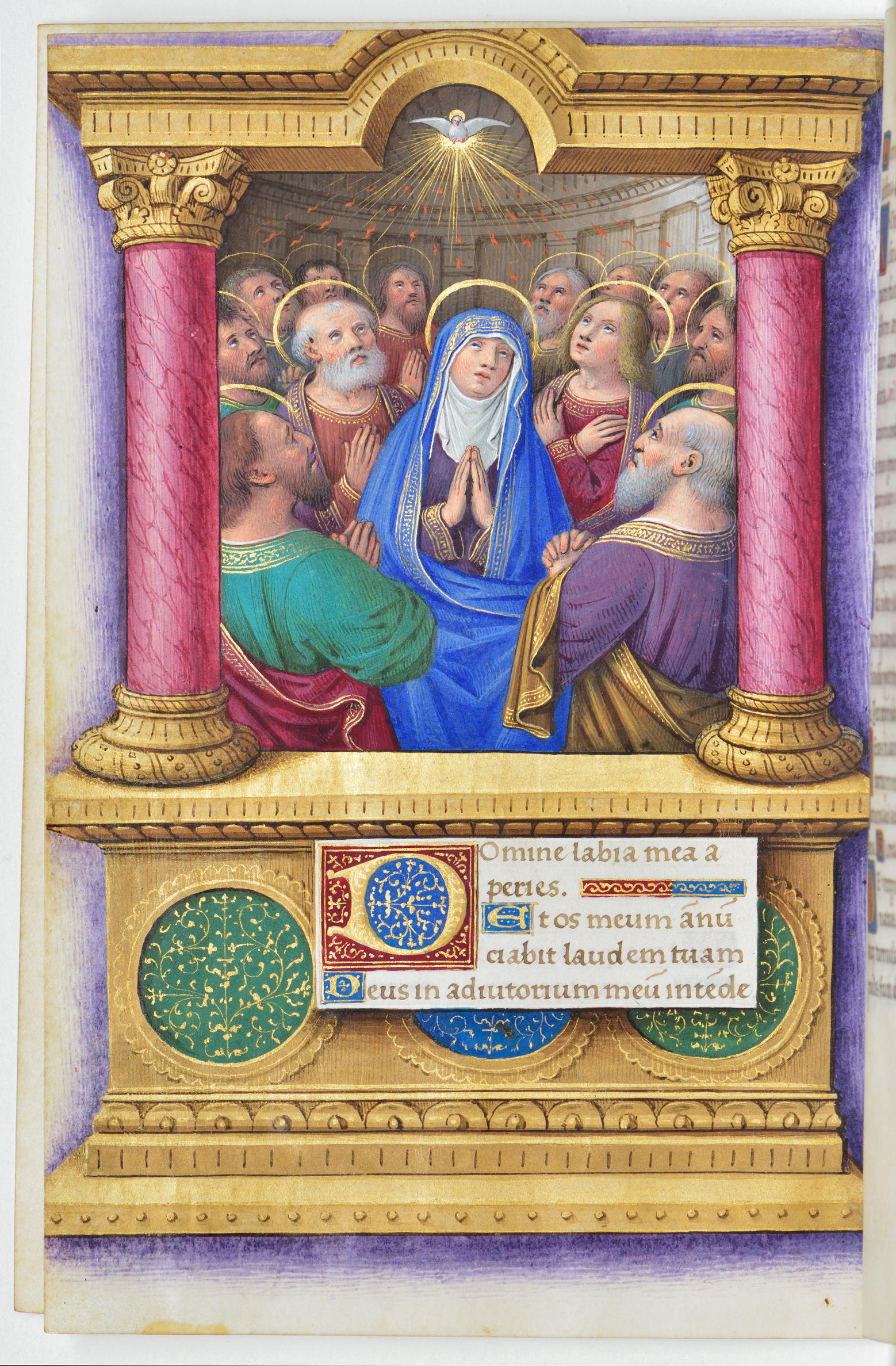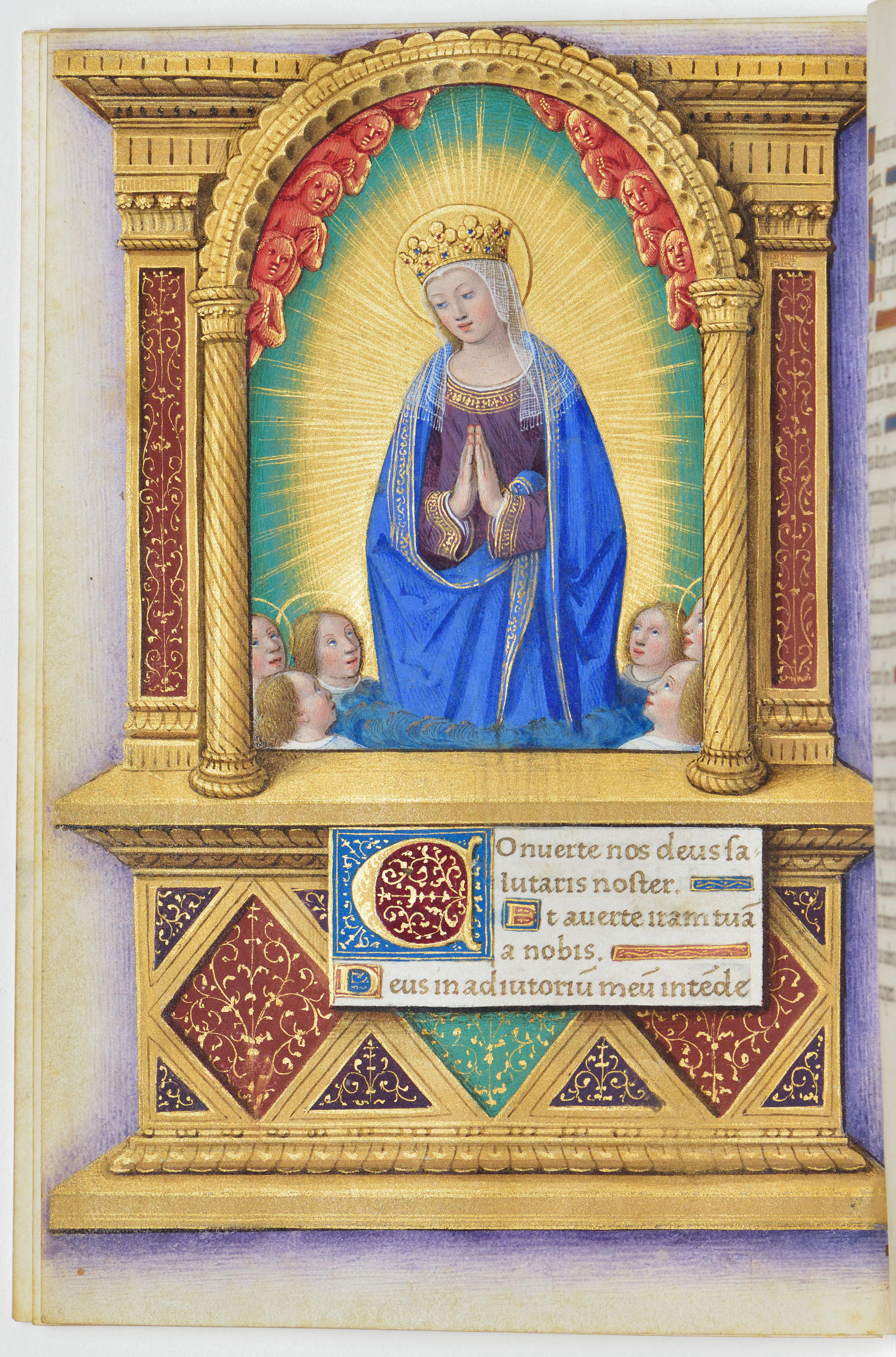
Close Up: Bourdichon’s Painted Prayers Gallery Guide
In 1890, Isabella Stewart Gardner made her annual pilgrimage to Venice and bought a masterpiece. She purchased the French Renaissance prayerbook featured in this exhibition for $1000. The extraordinary sum — equivalent to the combined salary of the servants and gondoliers who attended the Gardners during their month long stay in the city — reflected Isabella’s insatiable appetite for precious manuscripts and the exquisite caliber of this one. Part of her introduction to collecting Renaissance art, illustrated books were Gardner’s first love. She called them a “fascinating and dangerous pursuit.” Isabella took pride in her library, inscribing many volumes, lending them to local exhibitions, and publishing two catalogues of rare, printed books and illuminated manuscripts.
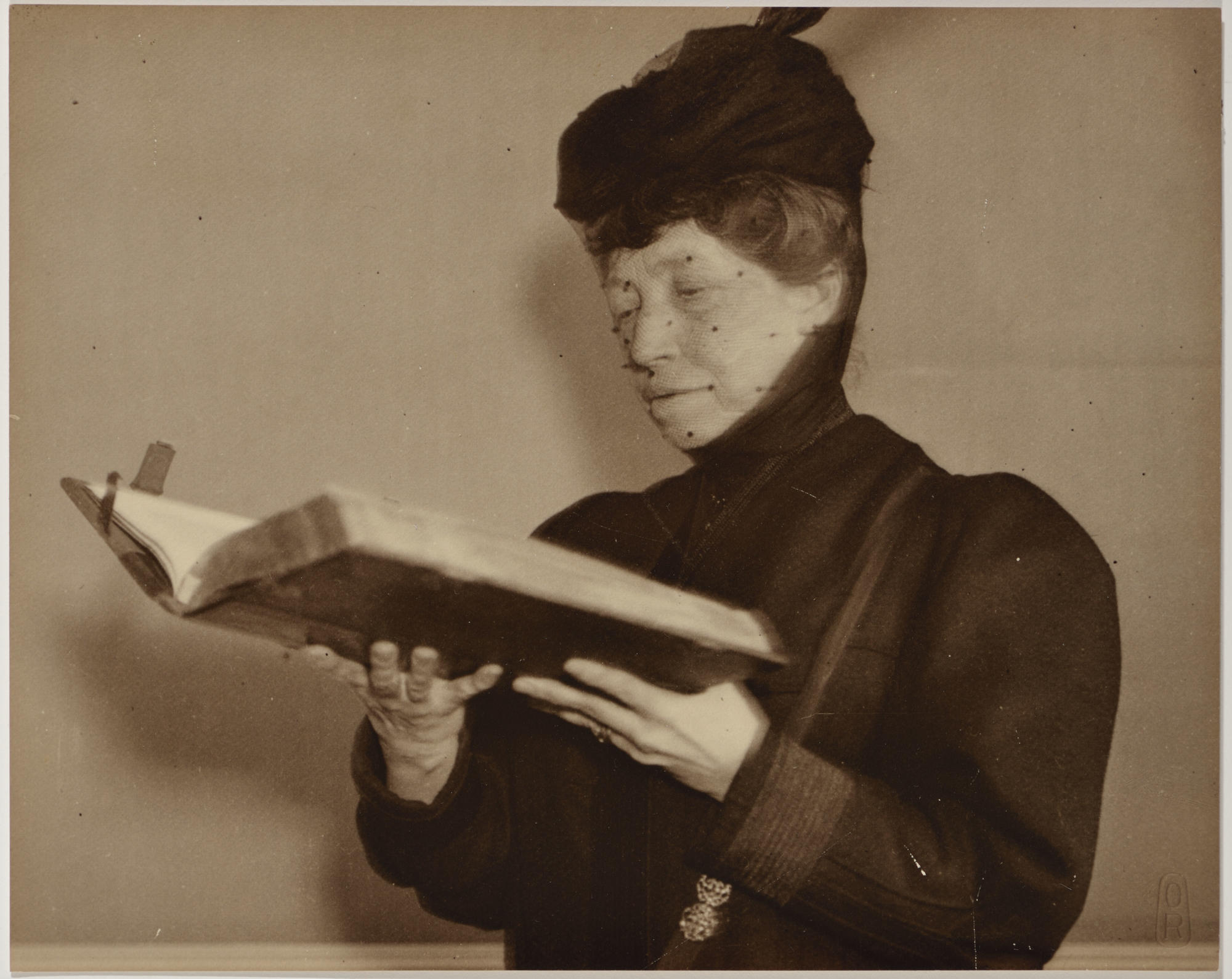
Otto Rosenheim (Germany, 1871-1955), Photograph of Isabella Stewart Gardner, 1906. Isabella Stewart Gardner Museum Collection.
Object Description
This portrait photograph of Isabella Stewart Gardner shows her from the waist up holding a large unclasped book open in her two hands which are splayed underneath to hold the heavy volume close up in front of her. She is dressed in a dark woolen coat with just one ribbed cuff visible; underneath she wears a dark dress with a high collar. A dark leather strap decorated with two metallic buttons crosses over her body from her left shoulder and probably is attached to a purse. She also wears a small dark hat whose dotted veil is tight over her face. Mrs. Gardner is turned a quarter way to her right with her face tilted down, reading the book. Her lips are ever so slightly open and she appears to be studying the text. The bottom of the photograph is inscribed R O in an oval--photographer, Otto Rosenheim's initials.
The crown jewel of Gardner’s manuscript collection, this magnificent prayerbook is the work of the French Renaissance artist Jean Bourdichon (French, 1457–1521). Although little known today, Bourdichon earned the title of “painter to the king” at the age of twenty-four and, over forty years, served four sovereigns, producing a vast variety of work — from portraits to parade floats, stained glass to metalwork, and even plaster death masks — much of which is lost. Bourdichon’s artistic legacy endures with impeccably painted and gilded books of hours — or prayerbooks — for the French nobility. Gardner’s, his only intact example outside of Europe, is displayed at the Museum unbound for the first time.
A book of hours functions as a means of salvation, containing a personalized cycle of daily prayers for recitation by the owner. Bourdichon adorned the pages of this one with lavish prompts to prayer, including 18 smaller images and 14 dazzling full-page illuminations. He invested the larger pictures with unprecedented monumentality, surrounding biblical scenes in architectural frames of columns and arches and setting them off against the blank page with purple shading, a sophisticated technique called “shredding.” Book artists like Bourdichon invite us to imagine entire worlds in the pages of a single text, with miniature masterpieces that remain as vivid today as they were five centuries ago.
Close Up: Bourdichon’s Painted Prayers features all 14 illuminated miniatures depicting episodes in the life of Jesus as well as other pages of illustrated devotional content, only a selection of which are shared in this online guide. Unless otherwise noted, all images are: Jean Bourdichon (French, 1457-1521), Book of Hours, about 1515-1520. Isabella Stewart Gardner Museum Collection.
EXPLORE MORE

Close Up: Bourdichon’s Painted Prayers
Fenway Gallery | June 16, 2022 - Sept 11, 2022
Close Up: Bourdichon's Painted Prayers is part of the Close Up exhibition series that has been generously sponsored by Fredericka and Howard Stevenson. The Museum also receives operating support from the Massachusetts Cultural Council, which is supported by the state of Massachusetts and the National Endowment for the Arts.
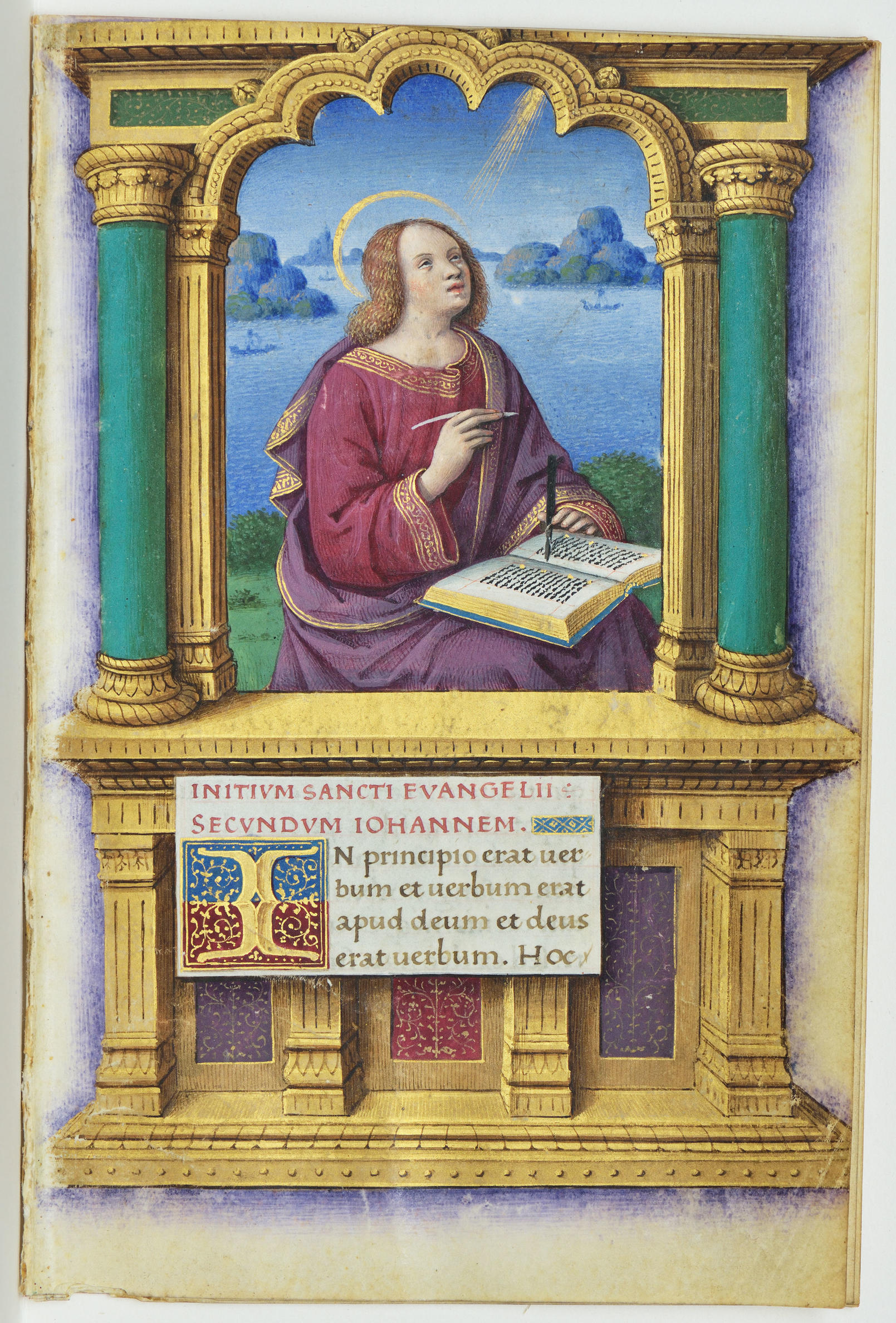
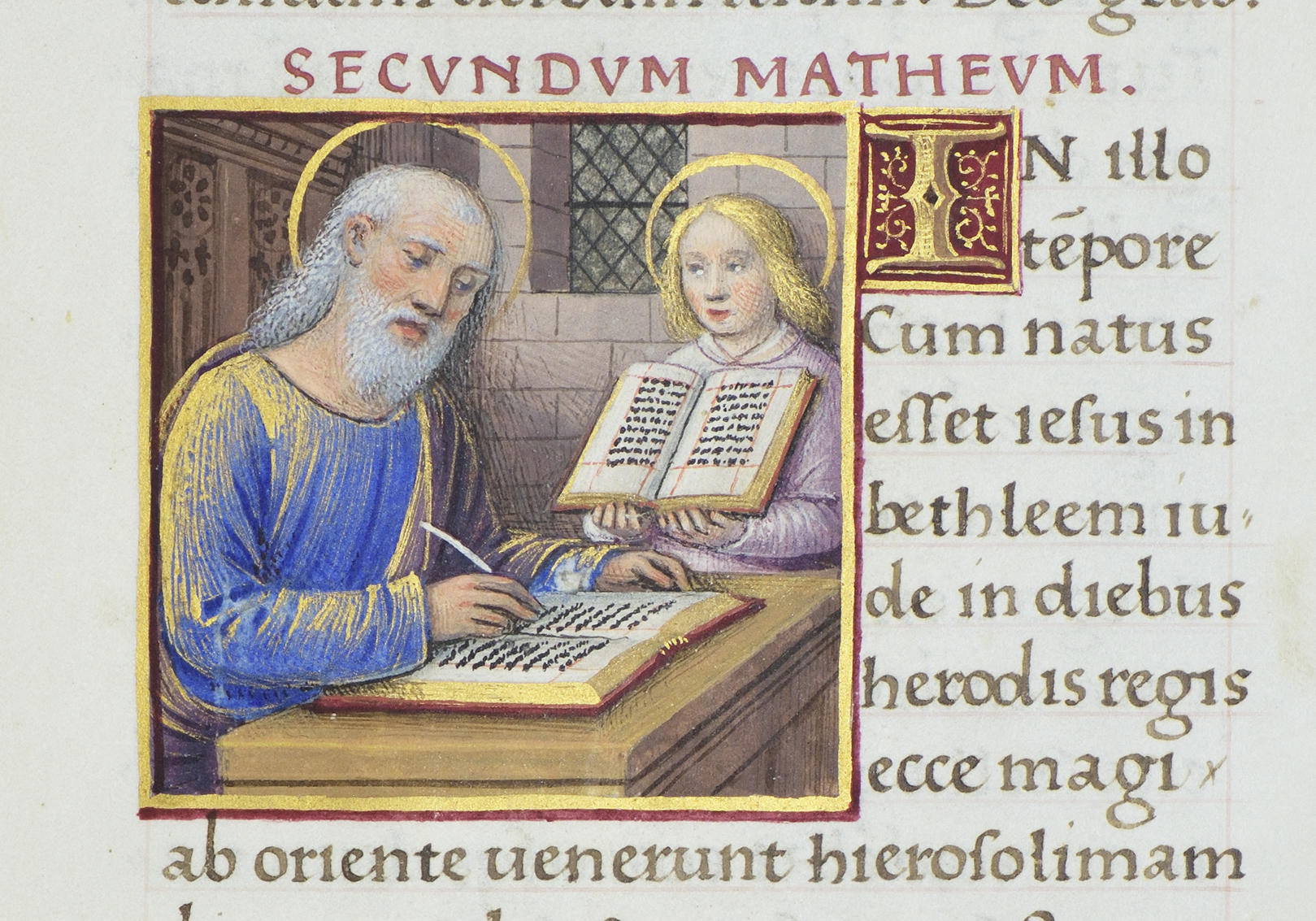
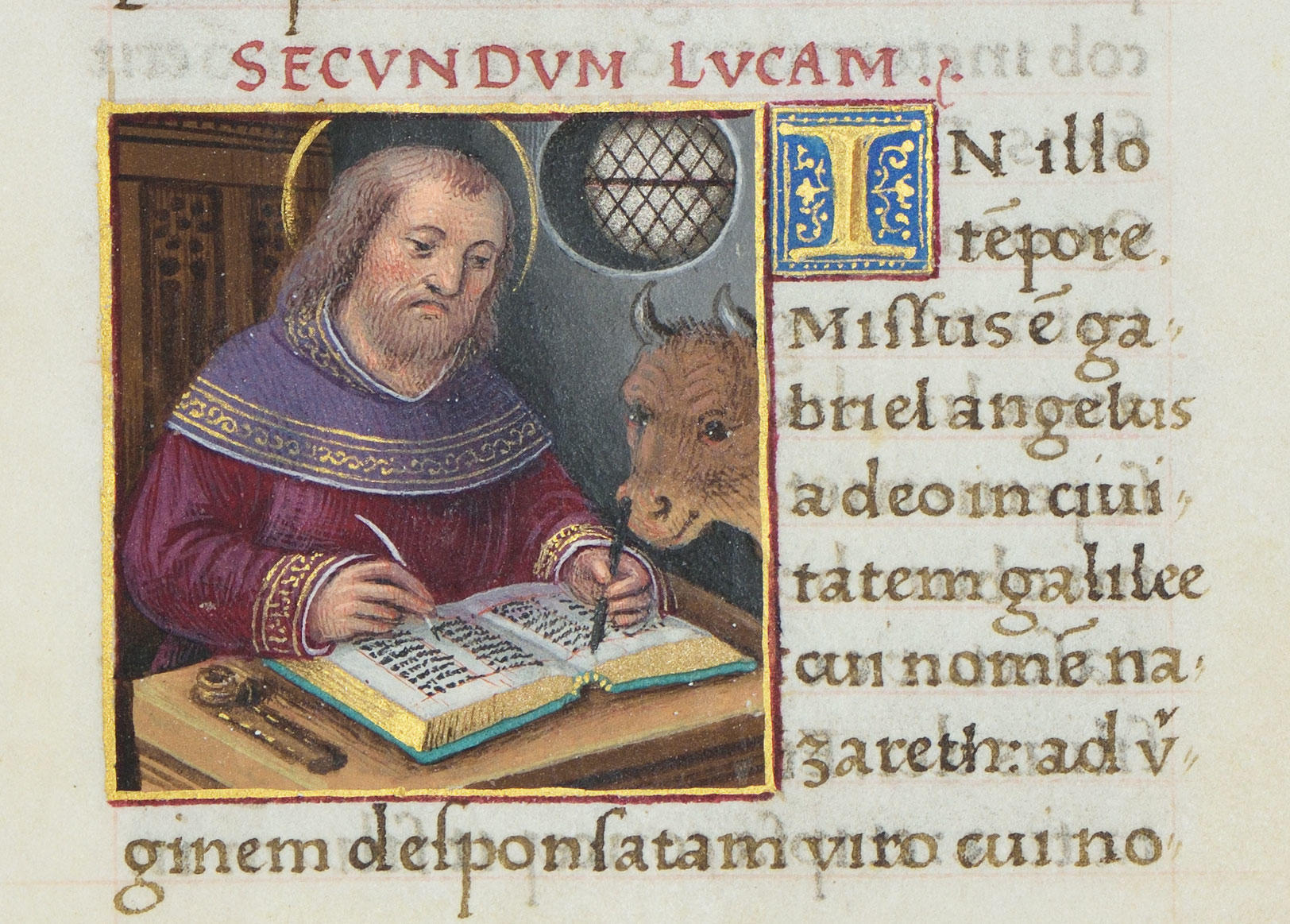
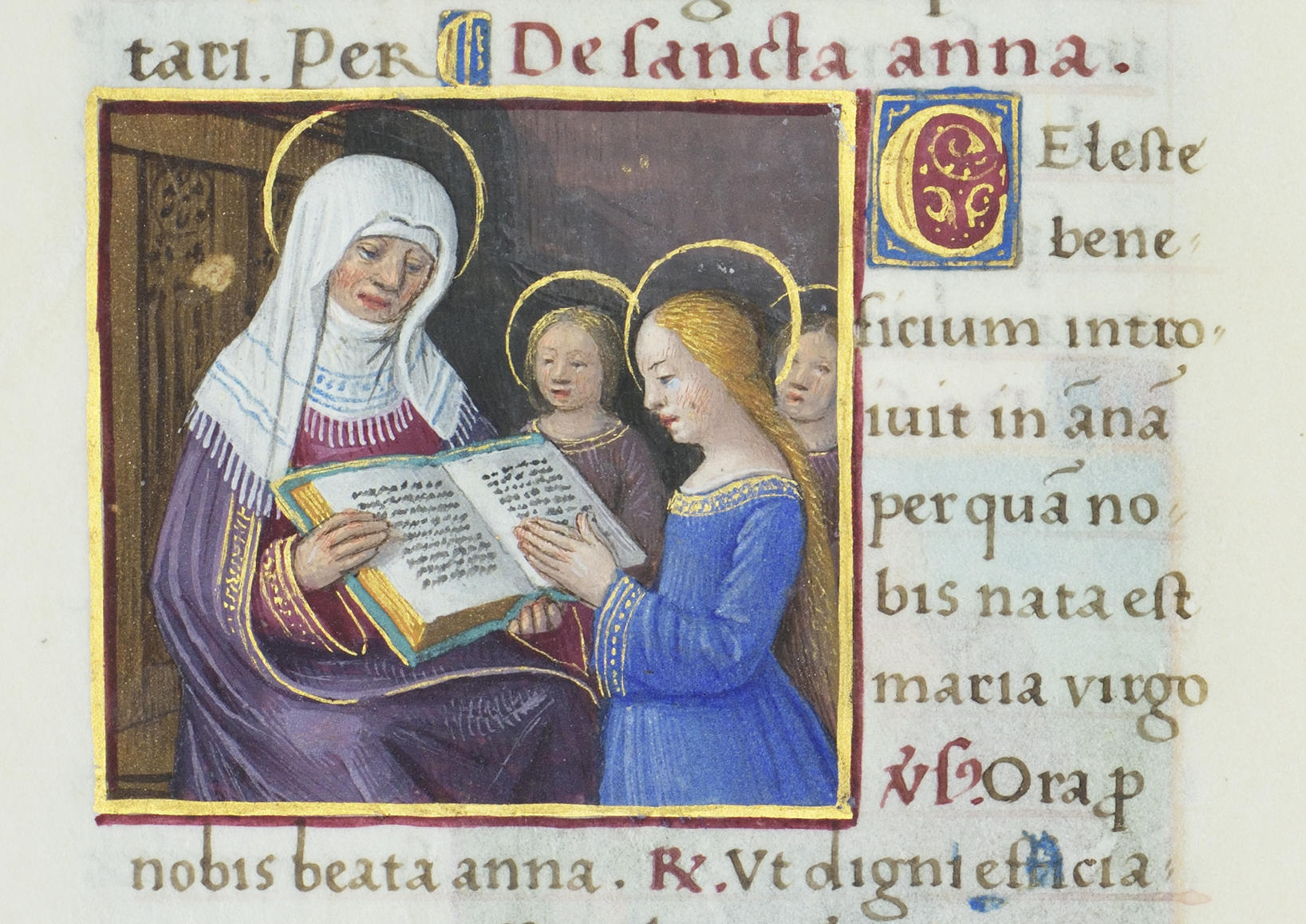
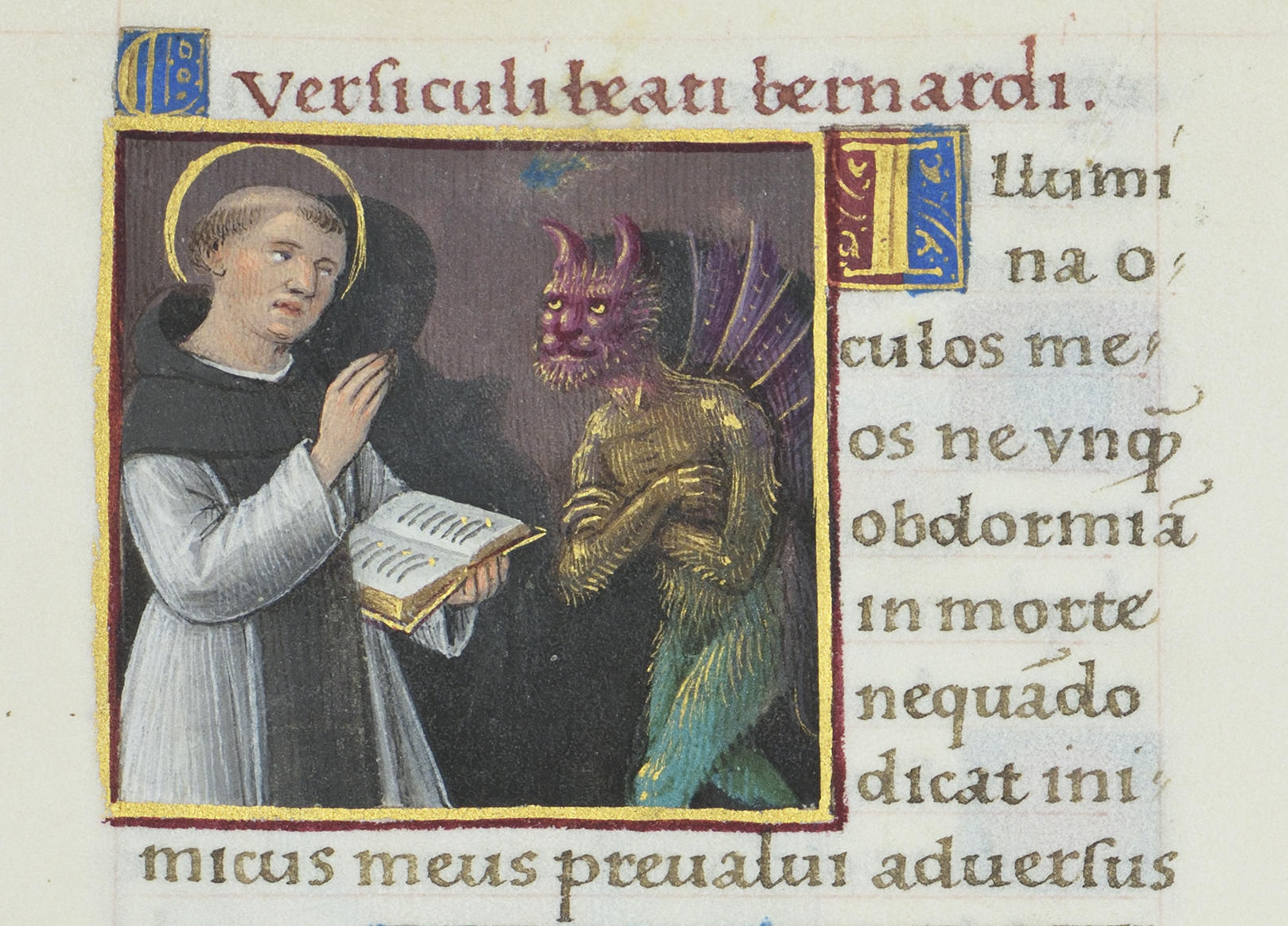
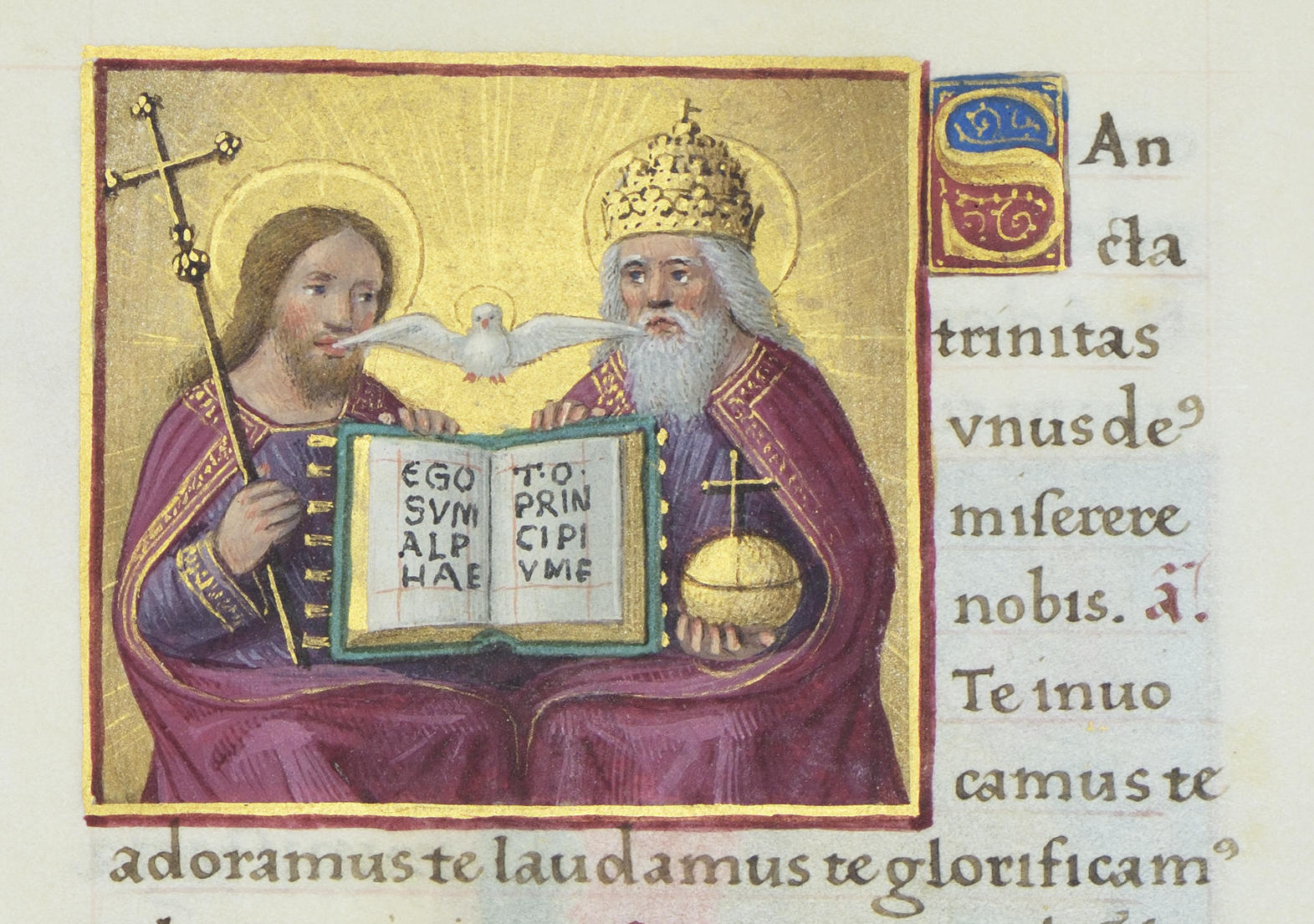
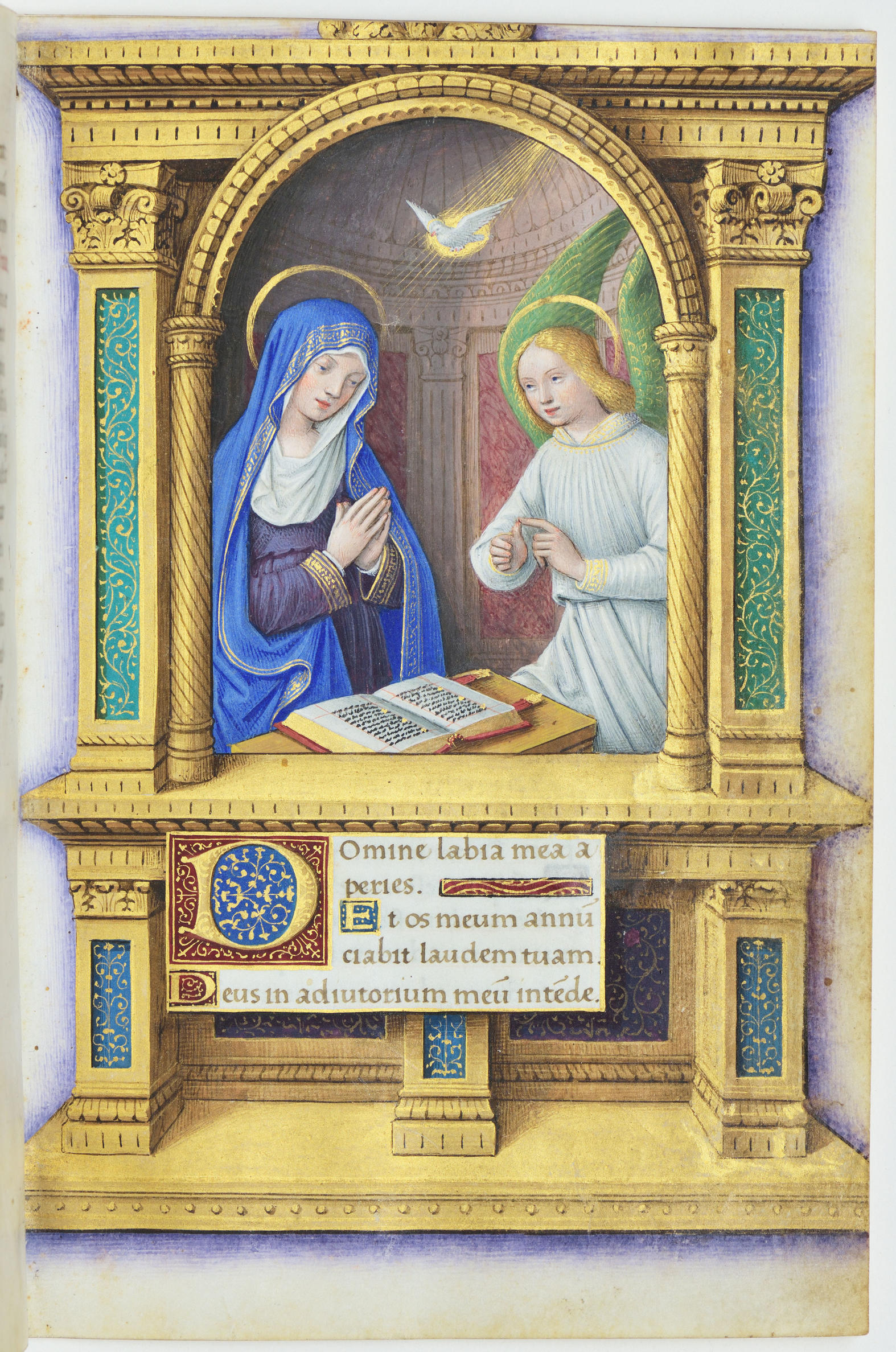
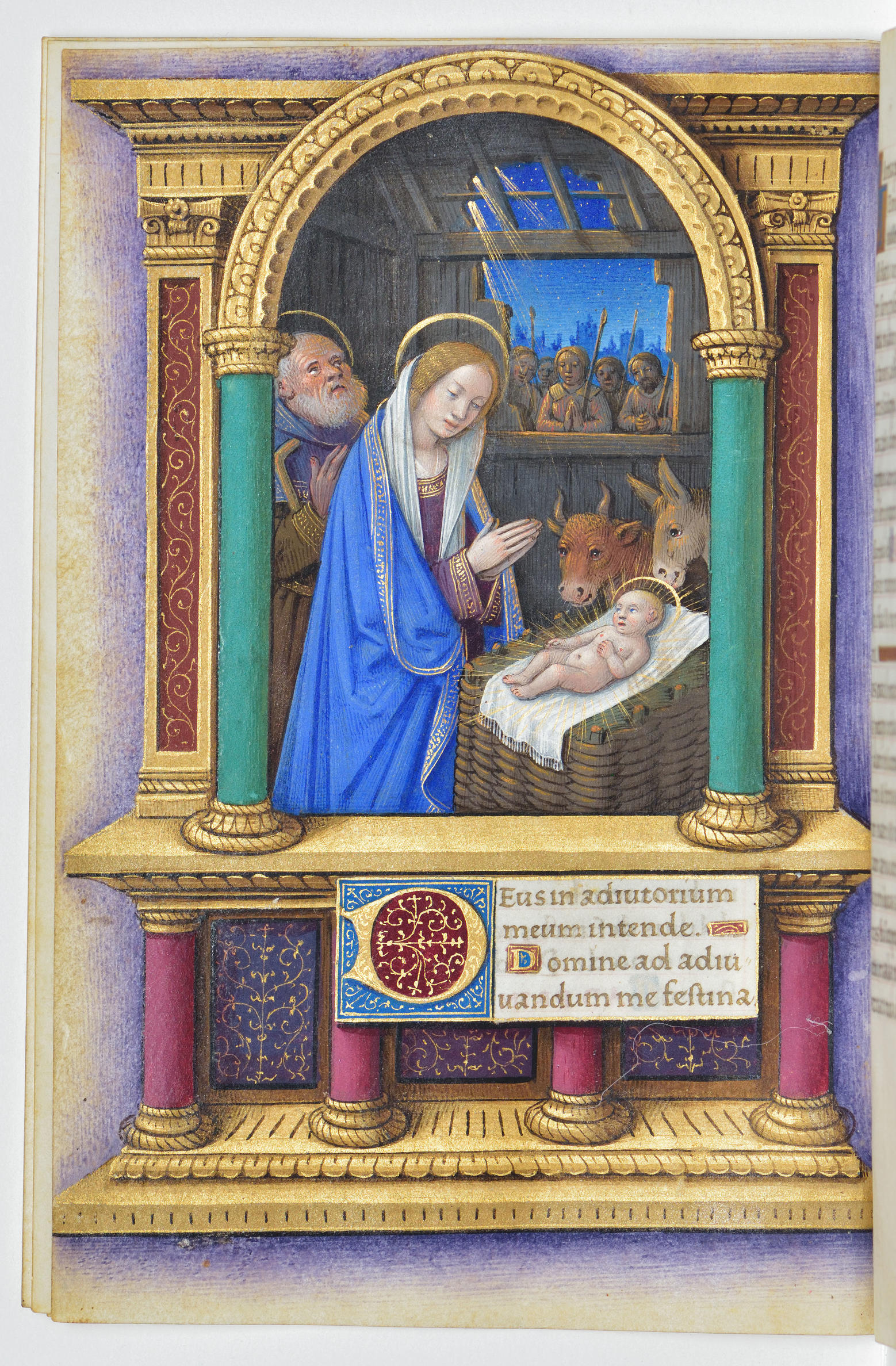
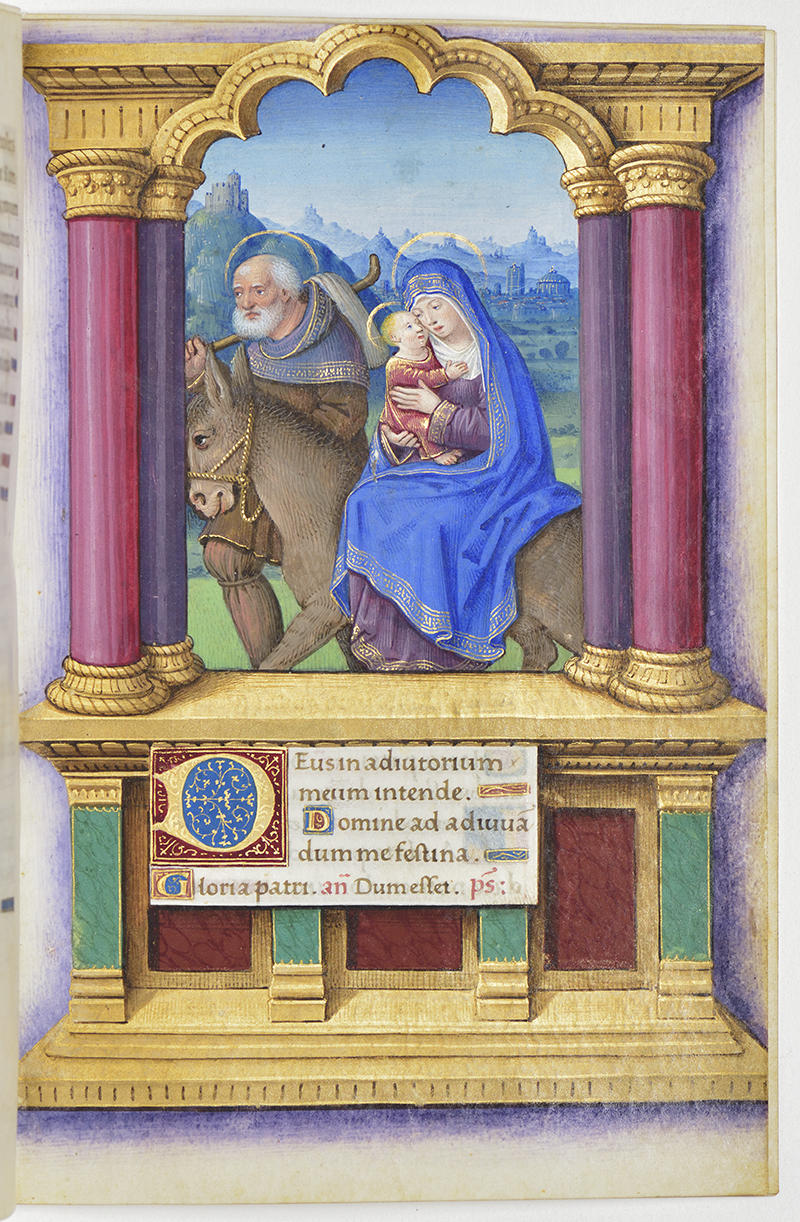
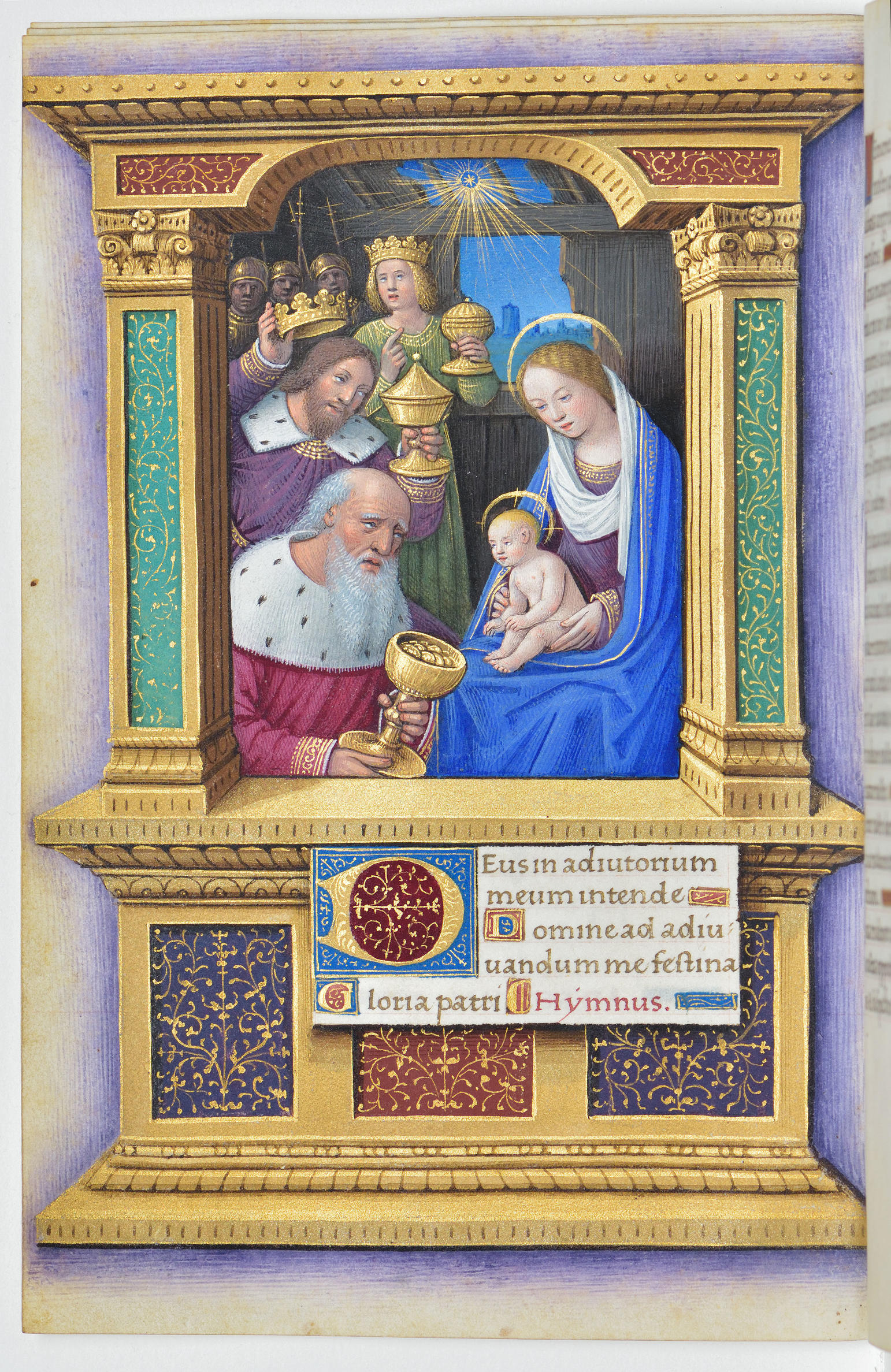
![The Arrest of Christ [The Betrayal of Judas]](https://www.gardnermuseum.org/sites/default/files/styles/portrait_large/public/2022-05/TheArrestofChrist.jpg)
